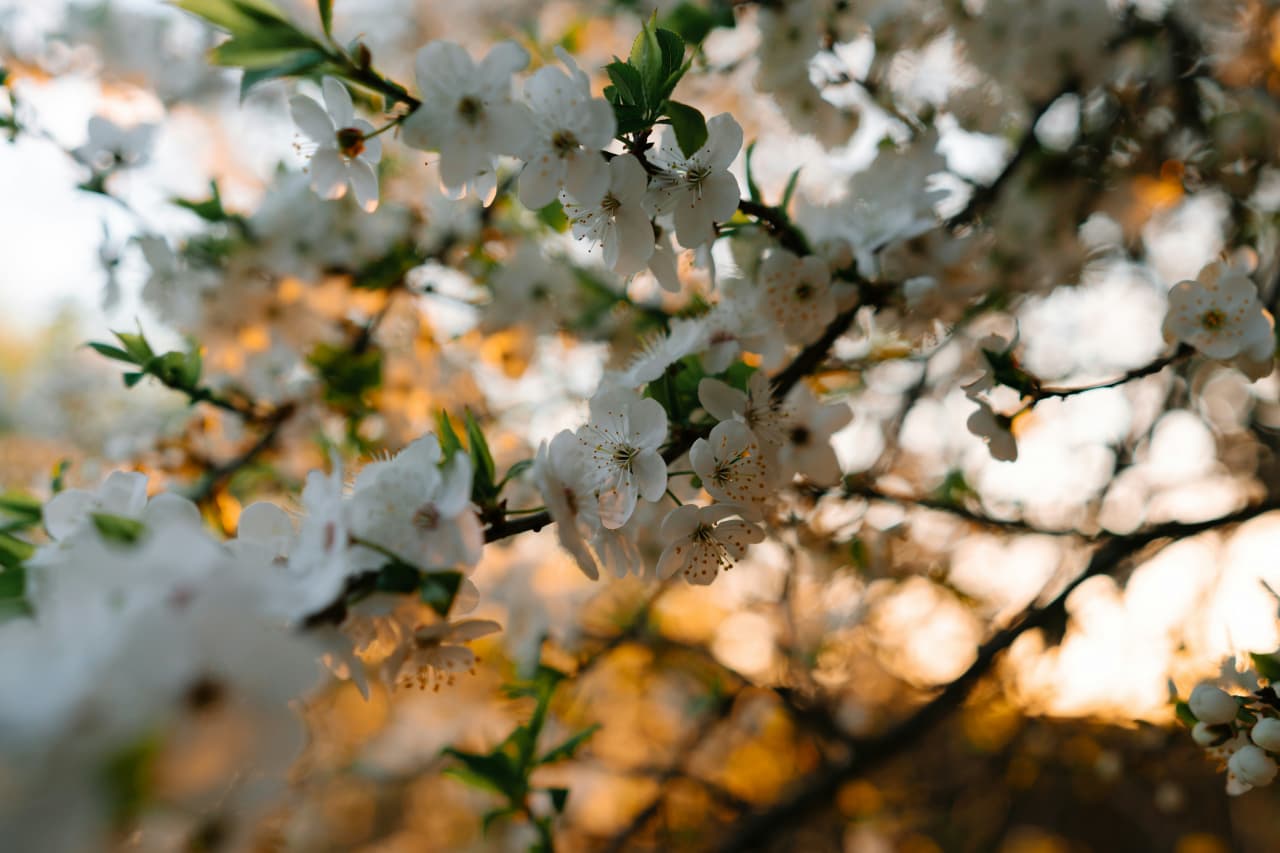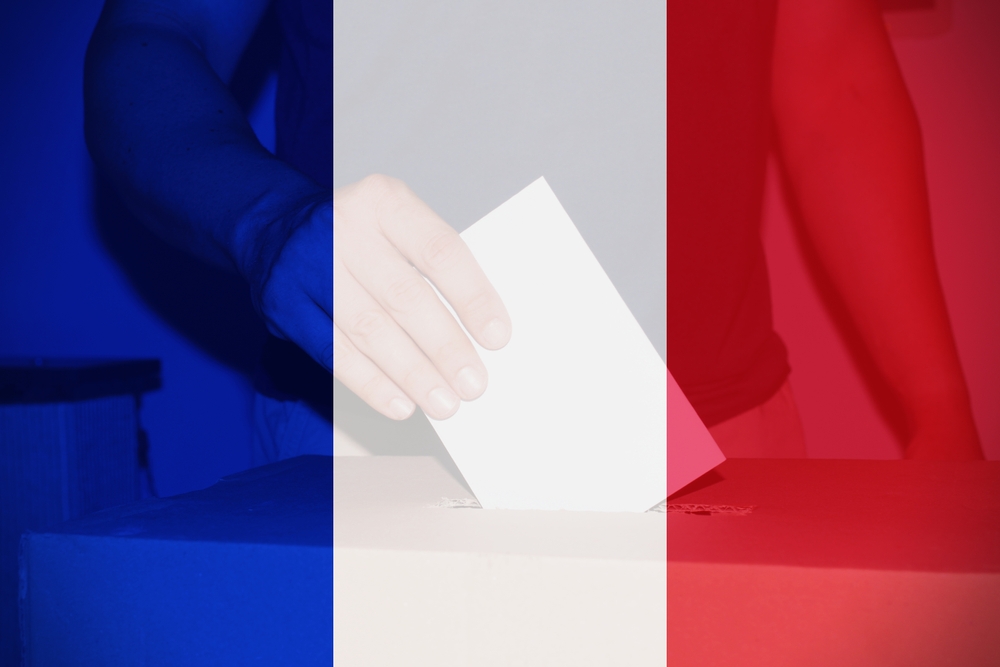Only 5% of U.S. Foundations Invest for Impact, Study Finds
Few of the U.S.’s philanthropic foundations invest their endowment assets—totalling an estimated US$1.1 trillion—to create positive social and environmental change in addition to high returns, potentially limiting or even counteracting the good such organisations do.
Exactly how few isn’t precisely known. But Bridgespan Social Impact, a subsidiary of the New York-based Bridgespan Group along with the Capricorn Investment Group, a Palo Alto, Calif.-based investment firm founded by Jeff Skoll , the first president of eBay, and the Skoll Foundation, also in Palo Alto, attempted to “get the conservation started,” with a study of 65 foundations with a total of about US$89 billion in assets, according to Mandira Reddy, director at Capricorn Investment Group.
The top-line conclusion: 5% of the primarily U.S.-based foundations surveyed invest their assets for impact. Most surprising is that 92% of these organisations, which have assets ranging from US$11 million to US$16 billion, are active members of impact investing groups, such as the Global Impact Investing Network and Mission Investors Exchange.
“If there’s any pool of capital that is best suited for impact investing, it would be this pool of capital along with family office money,” Reddy says.
The study was also conducted “to draw attention to the opportunity,” she said.
“We want to redefine what philanthropy can achieve. There is massive potential here just given the scale of capital.”
Foundations are required by the U.S. Internal Revenue Service to grant 5% of their assets each year to charity; in practice they have granted slightly more in the last 10 years—an average of 7% of their assets, according to Delaware-based FoundationMark, which tracks the investment performance of about 97% of all foundation assets.
The remaining assets of these foundations are invested with the intention of earning the “highest-possible risk-adjusted financial returns,” the report said. Those investments allow these organizations to grant funds often in perpetuity.
Capricorn and Bridgespan argue that more foundations, however, need to “align their capital with their missions,” and that they can do so while still achieving high returns.
“Why wait to distribute resources far into the future when there are numerous urgent issues facing the planet and communities today,” argue the authors of a report on the research, which is titled, “Can Foundation Endowments Achieve Greater Impact.”
The fact most of the foundations surveyed are very familiar with impact investing and yet haven’t taken the leap “highlights the persistently untapped opportunity,” the report said. It details some of the barriers foundations can face in shifting to impact, and how and why to overcome them.
Hurdles to making a shift can include “beginner’s dilemma”—simply not knowing where to start—and a misperception on the part of large foundations that impact investing is “too niche,” offering opportunities that are too small for the amount of capital they need to allocate. Other foundations are too stretched and don’t have the resources to add capabilities for making impact investments, the report said.
One of the biggest concerns is financial performance. Some foundation leaders, for instance, worry impact investments lead to so-called concessionary returns, where a market rate of return is sacrificed to achieve a social or environmental benefit. Those investments exist, but there are also plenty of options that offer financial returns.
The authors make a case for foundations to “go big,” into impact to realize the best outcomes, and to take a portfolio approach, meaning integrating impact principles into how they approach all investments. To make this happen, foundations need to incorporate impact into their investment policy statements, which determine how they allocate assets.
It will be difficult for foundations that want to shift their assets to impact to pull out of investments such as private-equity or venture-capital funds that can have holdings periods of a decade. But with a policy statement in place, a foundation’s investment team can reinvest this long-term capital once it is returned into impact investing options, she says.
“The transition doesn’t happen overnight,” Reddy says. “Even if there is a commitment for an established foundation that is already fully invested, it takes several years to get there.”
The Skoll Foundation, established in 1999, revised its investment policy statement in 2006 to incorporate impact. According to the report, the foundation initially divested of investments that were not in sync with its values, and then gradually, working with Capricorn Investment, began exploring impact opportunities mostly in early-stage companies developing solutions to climate change.
“As the team gained more knowledge and experience in this work, and as more investment opportunities arose, the impact-aligned portfolio expanded across different asset classes, issue areas, and fund managers,” the report said.
As of 2022, 70% of the Skoll Foundation’s assets are in impact investments addressing climate change, inclusive capitalism, health and wellness, and sustainable markets.
Capricorn, which manages US$9 billion for foundations and institutional investors through impact investments, constructs portfolios across asset classes. In private markets, this can include venture, private equity, private credit, real estate, and infrastructure. There are also impact options in the public markets, in both stocks and bonds.
“Across the spectrum there are opportunities available now to do this in an authentic manner while preserving financial goals,” Reddy says.
Of the foundations surveyed, about 15, including Skoll, have 50% or more of their assets invested for impact. Others include the Lora & Martin Kelley Foundation, the Nathan Cummings Foundation, the Russell Family Foundation, and the Winthrop Rockefeller Foundation.
Though not part of the study, the California Endowment just announced it was going “all in” on impact. The organisation has US$4 billion in assets under management, which likely makes it the largest foundation to undergo the shift, according to Mission Investors Exchange.
Although the researchers looked at a fairly small sample set of foundations, Reddy says it provides data “that is indicative of what the foundation universe” might look like.
“We cannot tell foundations how to invest and that’s not the intent, but we do want to spread the message that it is quite possible to align their assets to impact,” she says. “The idea is that this becomes a boardroom conversation.”
 Copyright 2020, Dow Jones & Company, Inc. All Rights Reserved Worldwide. LEARN MORE
Copyright 2020, Dow Jones & Company, Inc. All Rights Reserved Worldwide. LEARN MORE
This stylish family home combines a classic palette and finishes with a flexible floorplan
Just 55 minutes from Sydney, make this your creative getaway located in the majestic Hawkesbury region.
As Paris makes its final preparations for the Olympic games, its residents are busy with their own—packing their suitcases, confirming their reservations, and getting out of town.
Worried about the hordes of crowds and overall chaos the Olympics could bring, Parisians are fleeing the city in droves and inundating resort cities around the country. Hotels and holiday rentals in some of France’s most popular vacation destinations—from the French Riviera in the south to the beaches of Normandy in the north—say they are expecting massive crowds this year in advance of the Olympics. The games will run from July 26-Aug. 1.
“It’s already a major holiday season for us, and beyond that, we have the Olympics,” says Stéphane Personeni, general manager of the Lily of the Valley hotel in Saint Tropez. “People began booking early this year.”
Personeni’s hotel typically has no issues filling its rooms each summer—by May of each year, the luxury hotel typically finds itself completely booked out for the months of July and August. But this year, the 53-room hotel began filling up for summer reservations in February.
“We told our regular guests that everything—hotels, apartments, villas—are going to be hard to find this summer,” Personeni says. His neighbours around Saint Tropez say they’re similarly booked up.
As of March, the online marketplace Gens de Confiance (“Trusted People”), saw a 50% increase in reservations from Parisians seeking vacation rentals outside the capital during the Olympics.
Already, August is a popular vacation time for the French. With a minimum of five weeks of vacation mandated by law, many decide to take the entire month off, renting out villas in beachside destinations for longer periods.
But beyond the typical August travel, the Olympics are having a real impact, says Bertille Marchal, a spokesperson for Gens de Confiance.
“We’ve seen nearly three times more reservations for the dates of the Olympics than the following two weeks,” Marchal says. “The increase is definitely linked to the Olympic Games.”

Getty Images
According to the site, the most sought-out vacation destinations are Morbihan and Loire-Atlantique, a seaside region in the northwest; le Var, a coastal area within the southeast of France along the Côte d’Azur; and the island of Corsica in the Mediterranean.
Meanwhile, the Olympics haven’t necessarily been a boon to foreign tourism in the country. Many tourists who might have otherwise come to France are avoiding it this year in favour of other European capitals. In Paris, demand for stays at high-end hotels has collapsed, with bookings down 50% in July compared to last year, according to UMIH Prestige, which represents hotels charging at least €800 ($865) a night for rooms.
Earlier this year, high-end restaurants and concierges said the Olympics might even be an opportunity to score a hard-get-seat at the city’s fine dining.
In the Occitanie region in southwest France, the overall number of reservations this summer hasn’t changed much from last year, says Vincent Gare, president of the regional tourism committee there.
“But looking further at the numbers, we do see an increase in the clientele coming from the Paris region,” Gare told Le Figaro, noting that the increase in reservations has fallen directly on the dates of the Olympic games.
Michel Barré, a retiree living in Paris’s Le Marais neighbourhood, is one of those opting for the beach rather than the opening ceremony. In January, he booked a stay in Normandy for two weeks.
“Even though it’s a major European capital, Paris is still a small city—it’s a massive effort to host all of these events,” Barré says. “The Olympics are going to be a mess.”
More than anything, he just wants some calm after an event-filled summer in Paris, which just before the Olympics experienced the drama of a snap election called by Macron.
“It’s been a hectic summer here,” he says.

AFP via Getty Images
Parisians—Barré included—feel that the city, by over-catering to its tourists, is driving out many residents.
Parts of the Seine—usually one of the most popular summertime hangout spots —have been closed off for weeks as the city installs bleachers and Olympics signage. In certain neighbourhoods, residents will need to scan a QR code with police to access their own apartments. And from the Olympics to Sept. 8, Paris is nearly doubling the price of transit tickets from €2.15 to €4 per ride.
The city’s clear willingness to capitalise on its tourists has motivated some residents to do the same. In March, the number of active Airbnb listings in Paris reached an all-time high as hosts rushed to list their apartments. Listings grew 40% from the same time last year, according to the company.
With their regular clients taking off, Parisian restaurants and merchants are complaining that business is down.
“Are there any Parisians left in Paris?” Alaine Fontaine, president of the restaurant industry association, told the radio station Franceinfo on Sunday. “For the last three weeks, there haven’t been any here.”
Still, for all the talk of those leaving, there are plenty who have decided to stick around.
Jay Swanson, an American expat and YouTuber, can’t imagine leaving during the Olympics—he secured his tickets to see ping pong and volleyball last year. He’s also less concerned about the crowds and road closures than others, having just put together a series of videos explaining how to navigate Paris during the games.
“It’s been 100 years since the Games came to Paris; when else will we get a chance to host the world like this?” Swanson says. “So many Parisians are leaving and tourism is down, so not only will it be quiet but the only people left will be here for a party.”
This stylish family home combines a classic palette and finishes with a flexible floorplan
Just 55 minutes from Sydney, make this your creative getaway located in the majestic Hawkesbury region.






















